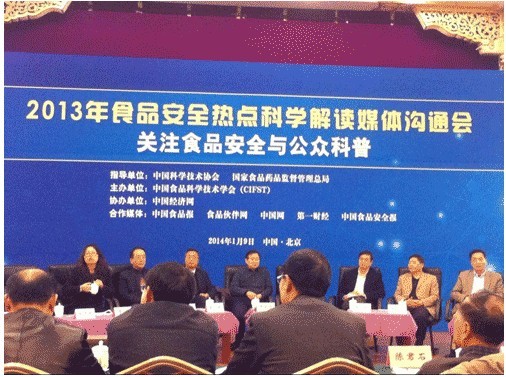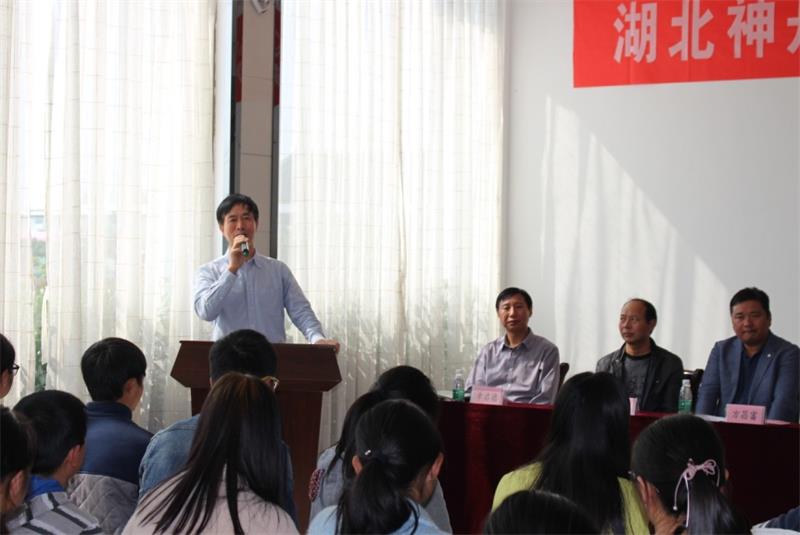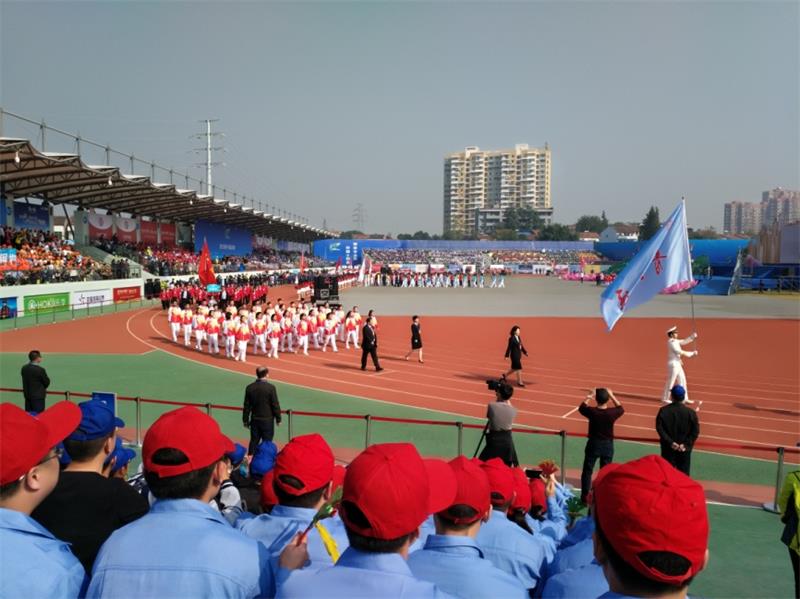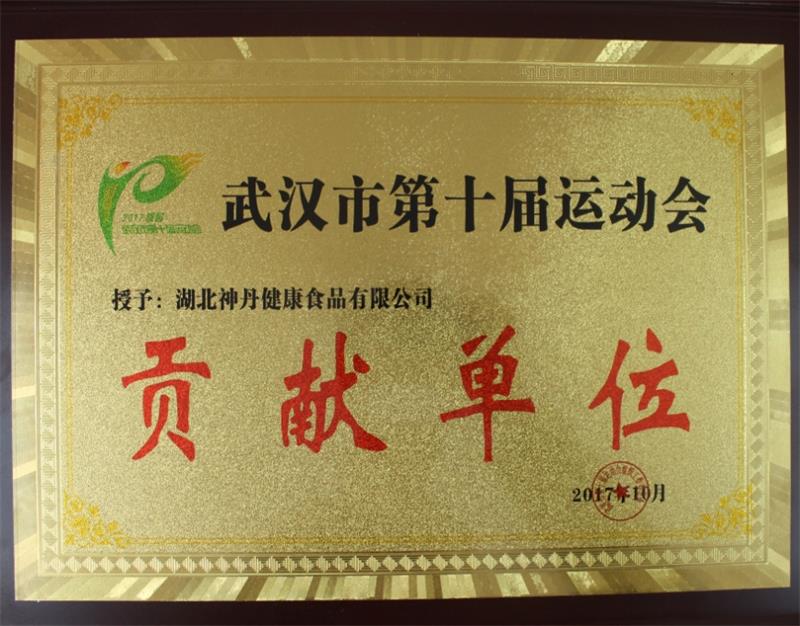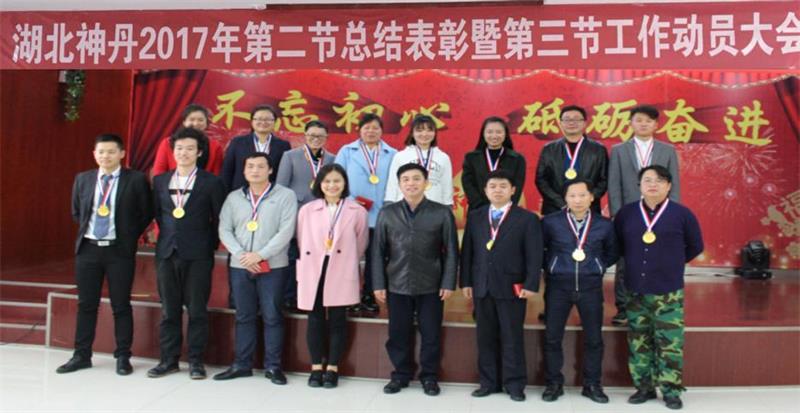China Internet Finance and Economics, January 10 (Reporter Sun Jie) On January 9, 2014, the Chinese Society of Food Science and Technology held the "2013 Food Safety Hotspot Scientific Interpretation Media Communication Conference" in Beijing, targeting 12 domestic food safety in 2013. Hot events are scientifically analyzed and interpreted one by one by 12 domestic authoritative experts. This is also the event that the organizer holds the same theme for 3 consecutive years. The experts who interpreted 12 domestic hot events this time were all leaders in the field. The scientific opinions expressed at the meeting were fully discussed by industry experts before the meeting, which basically represented the Consensus.
According to the person in charge of the organizer, food safety is one of the hot topics that people are concerned about, and it is also the focus of government work. Although the foundation of China's food safety is gradually tamping, the people's anxiety is still increasing. Twelve domestic food safety hotspot incidents in 2013 caused media, public attention, worries and dissatisfaction. Therefore, it is very necessary to resolve the doubts of the people with the truth of science and amplify the positive energy through the sound of the scientific and technological circles and the media to jointly fill the "information vacuum" between consumers and the truth of science.
These issues were selected from the nearly 30 hot events reported by cooperative media such as China Net and China Economic Net. It can be seen that raw material pollution and malicious counterfeiting are the keywords in 2013. Meng Suhe, chairman of the China Food Science and Technology Society, pointed out that the 36 food safety hot issues that have occurred in the past three years have more truly focused on the social concerns and anxieties about China's food safety issues. It can also be clearly seen from the distribution of different hot issues in the past three years that the focus of public opinion is gradually deepening into the origin of China's food safety.
A review of food safety hotspots from 2011 to 2013 shows that food safety hotspots focused on convenience foods and illegal additions from 2011 to standards and process control in 2012, while public opinion in 2013 focused on raw material pollution and maliciousness Fraud. Meng Suhe said that from "illegal addition" to "process control" to "raw material safety", the shift of the focus of food safety hotspots from 2011 to 2013 not only shows the gradually formed "from crisis response to risk prevention" Cognitive process; also shows the trajectory of the source chain extending to the front of the industrial chain; at the same time shows that the focus of public opinion is generally connected with the focus of China's food safety; and the 2013 central government's "food safety is at the source" Judgment coincides.
Meng Suhe pointed out that "the distribution of 36 food safety incidents from 2011 to 2013 was sudden and scattered, involving various fields that affect food safety." Four of the key areas received more attention: one is the traditional food industrialization The Chinese convenience food industry is characterized by 28%; the second is the debate and questioning of the standard, accounting for 17%; the third is the incident involving raw material pollution and process control accounted for 11%; in addition, the dairy industry has always been highly concerned, also 11%. Chinese food represented by infant milk powder still lacks sufficient consumer trust. Any negative reports related to food safety can always cause extreme panic among consumers, and it is also the concentration of China’s food safety “trust crisis”.
Experts at the meeting also analyzed foreign food safety incidents. Experts attending the meeting agreed that food safety issues have broken through national borders, both in developing countries and developed countries. They not only harm human health, but also damage the image of the industry and the country. . Therefore, strengthening the food safety control system from the farm to the table requires not only the government to strengthen legal supervision and management, enterprises to strengthen the sense of integrity, the scientific and technological community to strengthen the basic scientific research on food safety, but also the media to convey scientific information. Faced with the challenges food safety poses to mankind, it requires the joint efforts of the government, industry, technology, and media.



